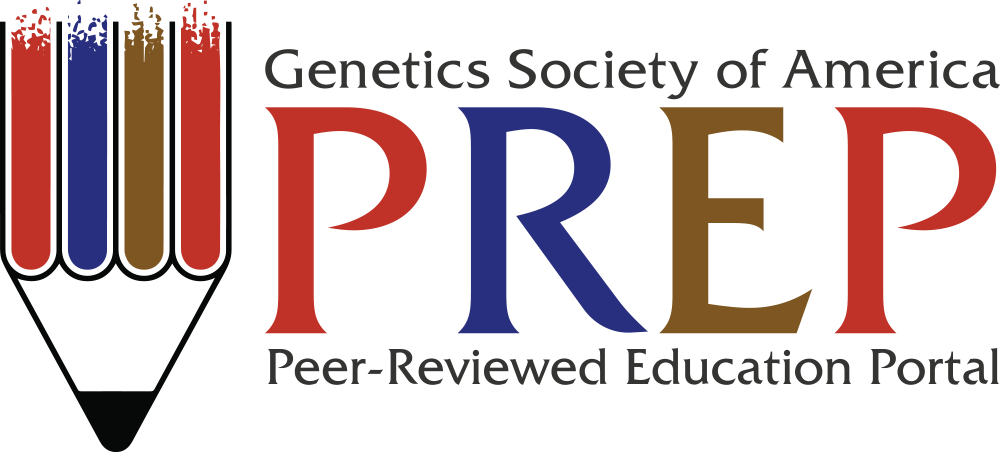|

Outside
Resources
Learn.Genetics/Teach.Genetics
Author(s):
Genetic
Science Learning Center, University of Utah
Overview:
As per their website, "Learn.Genetics
delivers educational materials on
genetics, bioscience and health topics.
They are designed to be used by
students, teachers and members of the
public. Teach.Genetics provides resources for K-12 teachers, higher education faculty, and
public educators. These include PDF-based print-and-go activities, unit plans and other
supporting resources. The materials are designed to support and extend the materials on
Learn.Genetics. Our educational resources provide accurate and
unbiased information about topics in
genetics, bioscience and health.
Designed for non-research audiences,
they are jargon-free, target multiple
learning styles, and often convey
concepts through animation and
interactivity."
Genetics Concept(s) Addressed:
Nature of Genetic Material: How is DNA organized?
Nature of Genetic Material: What are the molecular components and mechanisms necessary to preserve and duplicate an organism's genome?
Transmission/ patterns of inheritance: What are the mechanisms
by which an organism's genome is passed on to the
next generation?
Transmission/ patterns of inheritance: How does the phenomenon
of linkage affect the assortment of alleles during
meiosis?
Transmission/ patterns of inheritance: How can one deduce
information about genes, alleles, and gene functions
from analysis of genetic crosses and patterns of
inheritance?
Gene
expression and regulation: How can gene activity
be altered in the absence of DNA changes?
Genetic Variation:
How do different
types of mutations affect genes and the
corresponding mRNAs and proteins?
Evolution and Population Genetics:
What are the processes that can affect the frequency of
genotypes and phenotypes in a population over time?
Genetics of Model Organisms: How do the
results of molecular genetic studies in model
organisms help us understand aspects of human
genetics and genetic diseases?
Core Competencies Addressed:
Students should be able to gather and evaluate experimental evidence, including qualitative and quantitative data.
Students should be able to generate and interpret graphs displaying experimental results.
Students should be able to tap into the interdisciplinary nature of science.
Students should be able to effectively explain genetics concepts to different audiences.
Students should be able to identify and critique scientific issues relating to society or ethics.
Audience:
K-12
Beginning
undergraduate
Biology/genetics
non-majors
General public
Activity Type:
Varied
Activity Length:
Varied
Citation:
Please refer to the website
Learn.Genetics
Teach.Genetics |